
Severe weather is complex, and it’s dangerous. It’s easy to misunderstand it as only being classified as a natural disaster. Hurricanes, tornadoes, flooding, and other phenomena of this nature might all be severe weather, but a sudden thunderstorm that pops up on a summer’s afternoon can be just as severe. The reason weather is severe is due to the outcome and effect on its surroundings. It’s natural, but it’s dangerous to human life.
When severe weather threatens you or your family, you must know what to do and how to react. If your local weather channel or meteorologist warns this is possible, your job is to take this information seriously and seek immediate shelter. How you react in this situation can make the difference between life or death. If you’re not sure what to do, how to do it, or when to pay attention, now is the time to educate yourself on the severity of the bad weather.
Quick Navigation
What Is Severe Weather?
Why Is Severe Weather Dangerous?
High Winds
Excessive Rainfall
Destructive Hail
Other Weather Dangers
5 Things to Do during Severe Weather
Know What the Terms Mean
A Watch
A Warning
Create a Family Plan
Know Where to Go
Know When to Evacuate
Do Not Panic
Conclusion
What Is Severe Weather?
Severe weather is defined as “any dangerous meteorological phenomena with the potential to cause damage, serious social disruption, or loss of human life,” in technical terms. It’s bad weather, and it has the potential to disrupt life or even take it in an instant. It’s commonly believed severe weather falls into the category of a hurricane or another natural disaster of this nature, but it’s simply not the truth.
- Lightning storms
- High winds
- Excessive rainfall
- Wildfires
- Hail
These weather phenomena are typically caused by serious weather such as hurricanes and tornadoes, but this kind of serious weather also includes ice storms, dust storms, and even blizzards. It is imperative you understand that severe weather can happen anywhere, anytime, and it does not always come with ample warning. For many people, the threat of weather this serious comes with only a moment’s notice to seek shelter and safety before the bad weather arrives.
Why Is Severe Weather Dangerous?
The dangers of severe weather can be categorized into a long list of potential hazards. Severe weather has the potential to produce side effects that can take human life, cause damage to structures, and change your life forever. Here are a few examples of what makes this type of weather serious.
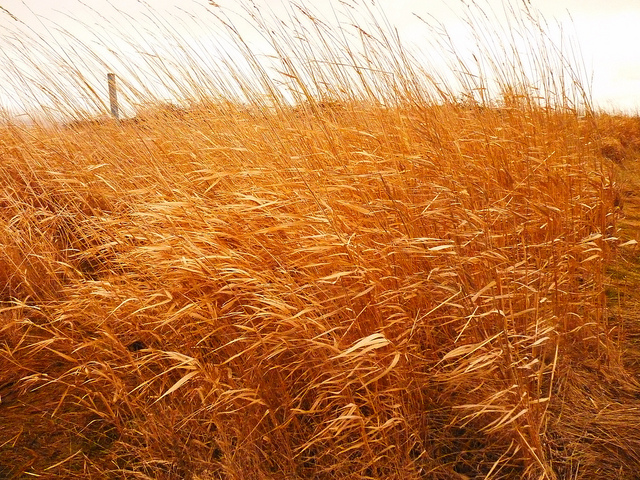
High Winds
Hurricanes are the most notable high-wind weather situation. This is what many people fear the most. When the winds in a storm reach 75 miles per hour, it seems terrifying. High winds have the potential to rip roofs off of houses, push cars off the road, down power lines, power poles, street signs, and cause loose debris to fly through the air and cause catastrophic damage. High winds can down trees in no time at all.

Excessive Rainfall
A little rain never hurt anyone, but a lot of rain can cause death and destruction in no time. Excessive rainfall can cause water levels to rise. The ground becomes saturated, which means it’s not absorbing the water that continues to fall. This allows rainwater to pile up, and it can cause flash floods, rivers and lakes to rise, and storm surge is another situation that occurs when excessive rain and winds combine.

Destructive Hail
Hail is something you can experience during any storm, and that’s what makes it terrifying. You don’t need a hurricane or a tornado to cause hail. It can hit your car and cause damage, break windows, and harm your body if you’re out in it. It’s nothing to mess with.
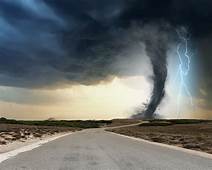
Other Weather Dangers
Tornadoes, lightning strikes, blizzards, icy roads, and other problems occur when there is severe weather present, and that’s what makes it dangerous. When your meteorologist tells you that there is a situation that’s favorable for this weather, your job is to seek shelter. Get off the road, and stay safe. Anything can happen, but your local news will tell you what’s most likely to occur when a severe storm comes your way.
5 Things to Do during Severe Weather
Severe weather can occur anytime, and there’s not always enough warning for you to prepare for what might occur at the moment. The single most important thing you can do to protect yourself and your family during severe weather is preparing in advance. You never know when it might hit, and even when you have ample notice something like a hurricane is coming, you do not want to end up caught up with all the unprepared people all looking for the same items that are selling out quickly. Always have the following items on hand and safely stored, so you are always prepared for this weather.
- Drinking water
- Flashlights
- Batteries
- Radio
- Non-perishable food items
- Blankets
- Gas
- Anything you might need if you lose power or the ability to leave home for at least three days
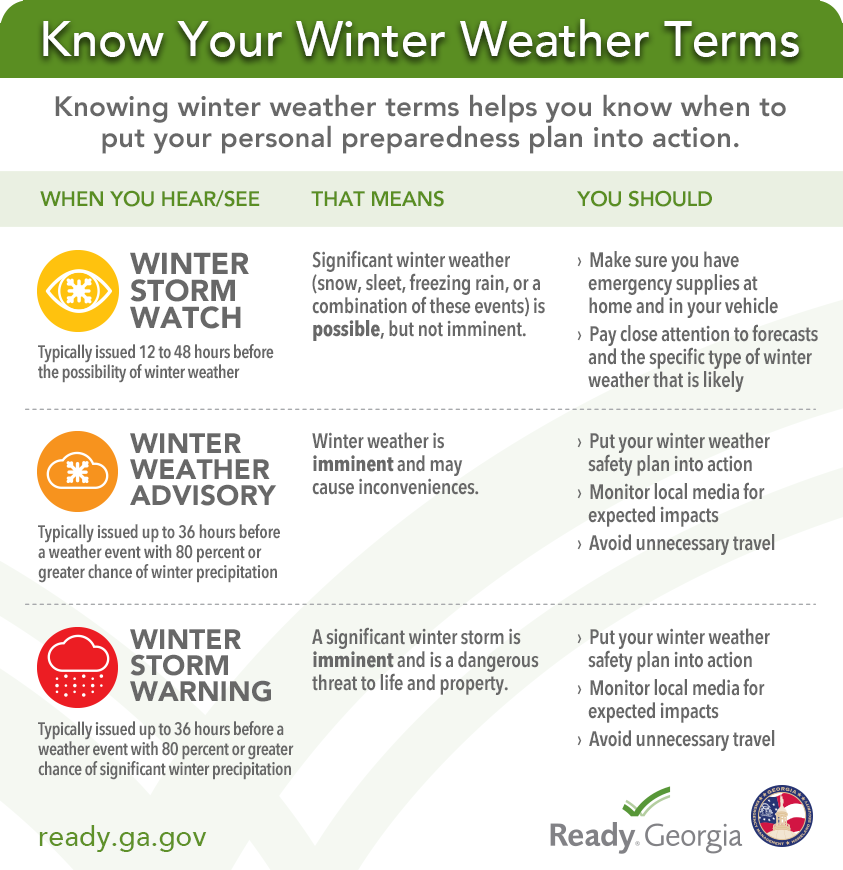
Know What the Terms Mean
When severe weather threatens you and your family, you must know the terminology to protect you. This simple vocabulary lesson can be the one thing that saves your life.
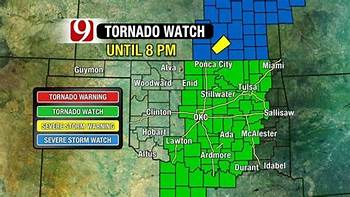
A Watch
A watch means that conditions are favorable in your area for certain weather issues. For example, you might hear the term tornado watch during severe weather. This does not mean a tornado has touched down and you are in immediate danger. It simply means conditions are favorable and there is a high possibility one could occur in your area.
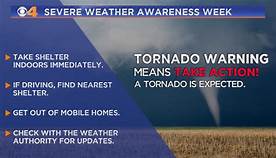
A Warning
A warning is the next step. This is not a drill. Using the same tornado example, a tornado warning means that a tornado has reached the ground, and it is on its way. This is not a drill, and this term is never used lightly. Get to your safe place immediately and do not leave until you are told it is safe to do so.

Create a Family Plan
Being prepared is the best way to prepare for severe weather, but you must have a family plan. Your plan should include where you go in your home if there is a weather situation. If you live where there is a real threat of tornadoes, for example, your entire family needs to know where to go when there is one coming. Your family should also know where to go and what to do if they are not home when this happens. Have a family plan in place for any type of emergency no matter where you are.
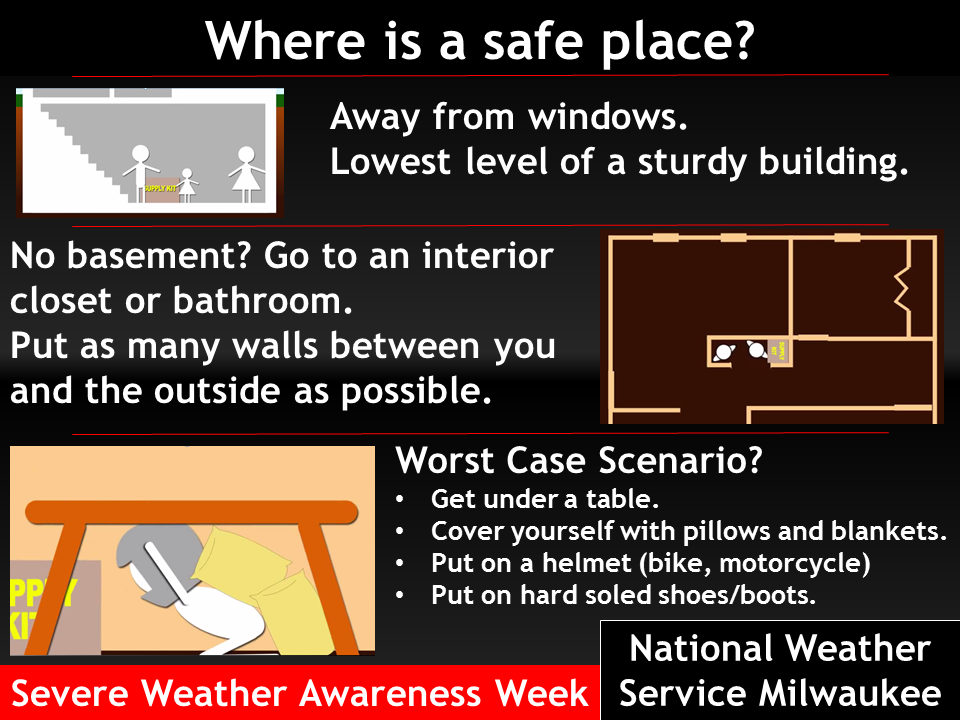
Know Where to Go
Knowing where to go is not reserved for when you are at home, work, or school. You must know that you cannot be outside in the serious weather. Get inside right away. If you are in the woods, you must find a place that’s low and beneath small trees. Do not seek shelter under larger trees. If you are in the water, get out of the water immediately to seek shelter. If you’re in a wide open area with no possible shelter, the best place to go is where there is low ground such as a valley or a ravine.
If you are at home and there is a tornado warning, your family must know where to go if you don’t have a basement or a storm shelter. The safest place in your home is an interior room with no windows. A hall that doesn’t have any exterior doors, a bathroom, or a closet. Furthermore, do not seek shelter upstairs in a tornado or wind event.
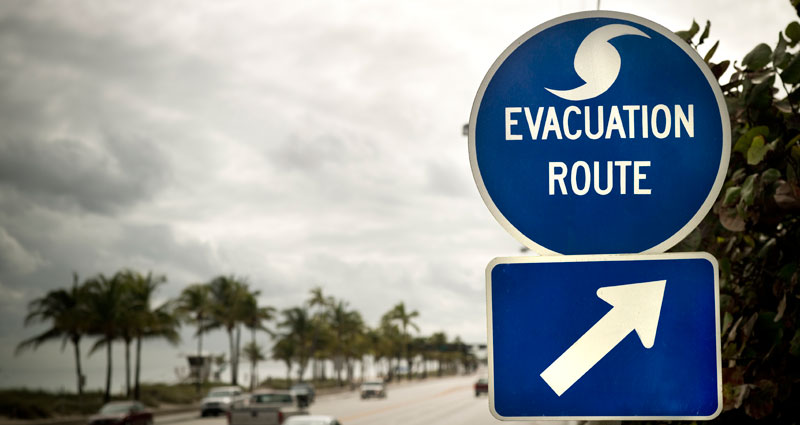
Know When to Evacuate
Unfortunately, not all weather events provide you the time to evacuate. However, you must know that there are certain times when it’s better to get out. Many meteorologists will tell you the same thing if you are looking for advice. Run from the water, hide from the wind. If you are in a low-lying area and a hurricane is on its way, get out. Do not stay where there is a potential for flooding. It’s never safe, and water can take your life faster than anything else.
If you are not concerned about flooding, you can hide from the wind. However, hurricanes are another story. A category one or two storms might not be enough to make you want to leave, and that’s fine. But anything higher than that might be safe to evacuate from. Listen to your local officials. If they tell you they are instituting a mandatory evacuation for your area, go. If they tell you it’s voluntary, know what makes you comfortable. Do not ignore evacuation orders if they are given to you.

Do Not Panic
Weather is not something that can be controlled, and you cannot panic when it occurs. You must remain calm, know your emergency plan, and you must know how to keep your family safe. It might seem like common sense to stay calm, but this is the single most important thing you can do when severe weather strikes.
Conclusion
Serious weather can happen anytime. You must remember that it’s not always whether you have ample notice to prepare for. The five best ways you can keep yourself and your family safe during serious weather are all noted here, and each one is important. You might not have much time to make decisions and seek shelter, so it helps to know ahead of time what you should do in case this kind of weather approaches. Educate yourself and educate your children. Preparedness is what saves lives when bad weather strikes.
